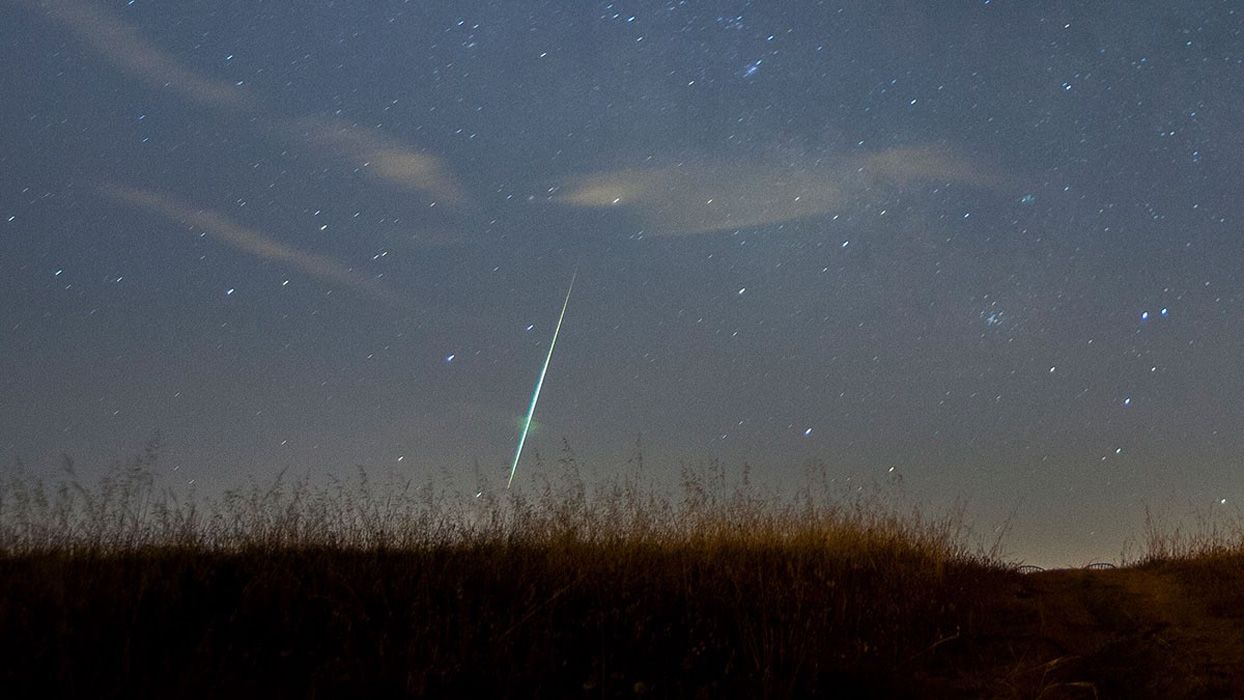Scientists have repurposed data from a lightning spotting instrument aboard the GOES 16 and 17 weather satellites to find bolides using machine learning.

Whether looking for stars around the black hole at the center of our galaxy or looking for fireballs in the night sky, scientists appreciate the struggle of observing the small, the distant, and the rare. And when it comes to those fireballs, we have mostly relied on a few all-sky video camera systems, scattered dashcams, and eye-witness accounts. So astronomers are always trying to find a way to collect more data and, of course, do so at a low cost.
Now, a team of scientists led by Jeffrey Smith from the SETI Institute has not only repurposed data from two weather satellites, but they have also programmed a machine-learning algorithm to analyze the data. First off, the data they are using was lightning mapping data collected by the GOES 16 and 17 satellites. Second, the machine learning analysis increased the detection rate of fireballs from 0.2% to 80%.
And that’s amazing news for planetary defense researchers.
Here’s how it works. The Geostationary Lightning Mapper instruments aboard the two satellites detect a bright flash. The team downloads the data from a public database and sets the algorithm on it. That algorithm then goes through and determines based on the type of flash which ones were bolides or fireballs. Now since the rate is only at 80%, human eyes have to confirm the findings carefully, but the team hopes to increase the detection rate to 95% in the near future.
How big are the rocks exploding in our atmosphere? Between 0.1 and 3 meters in diameter. And they occur often enough to produce statistically significant data patterns. Plus, the way the meteors break up in our atmosphere and then flame out can help us understand the internal strength of the object, which will then help scientists plan on how to deal with these impacts going forward.
Meteors aren’t just pretty lights in the sky. They are a reminder that our planet is getting hit with space rocks every day.
More Information
Data from Satellites Help Uncover Exploding Meteors (Eos)
“An automated bolide detection pipeline for GOES GLM,” Jeffrey C.Smith et al., 2021 November 1, Icarus
This story was written for the Daily Space podcast/YouTube series. Want more news from myself, Dr. Pamela Gay, and Erik Madaus? Check out DailySpace.org.
This article was originally posted on medium.com.





